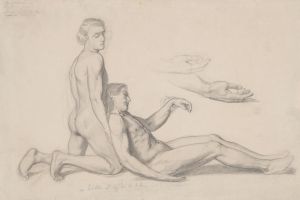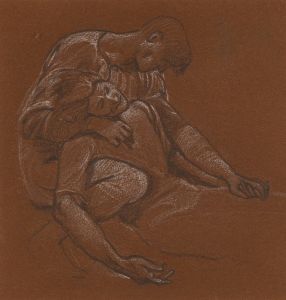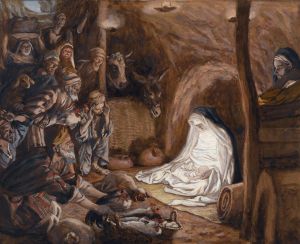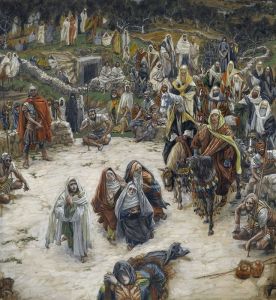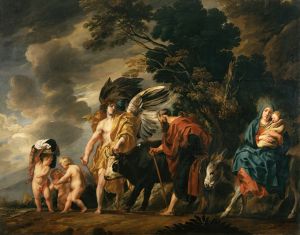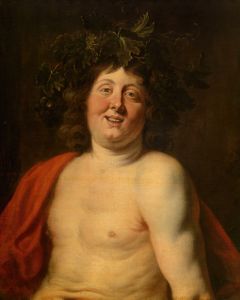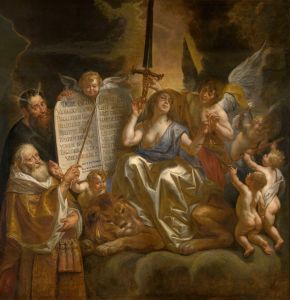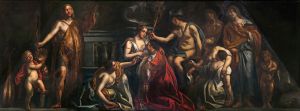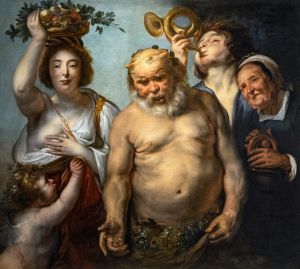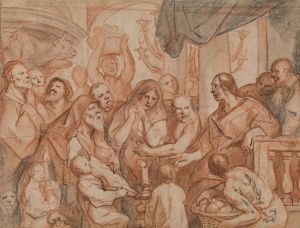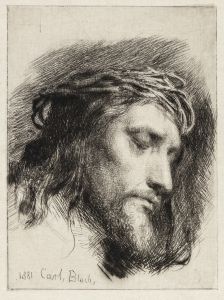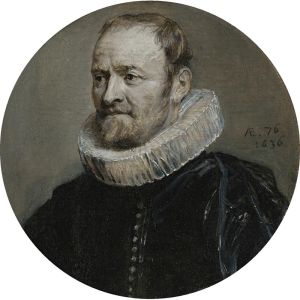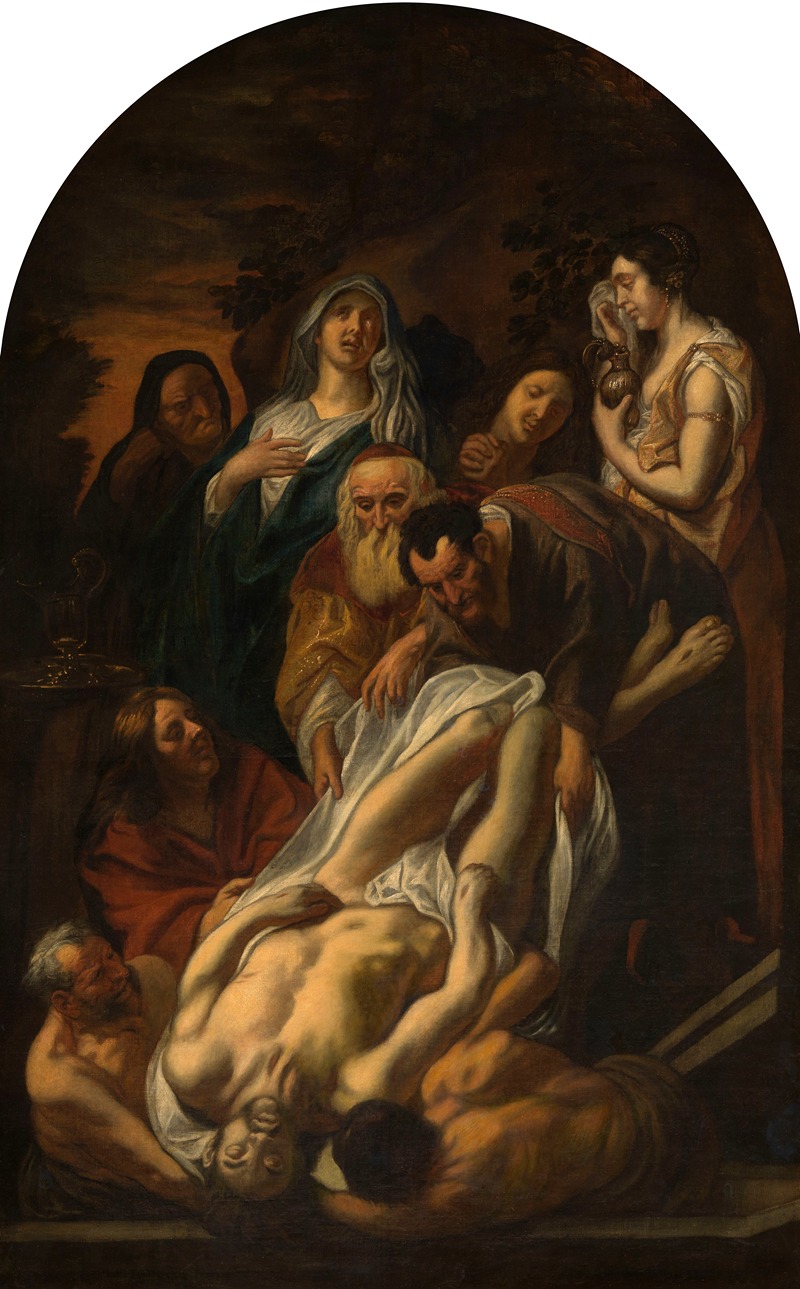
Christ’s Entombment
A hand-painted replica of Jacob Jordaens’s masterpiece Christ’s Entombment, meticulously crafted by professional artists to capture the true essence of the original. Each piece is created with museum-quality canvas and rare mineral pigments, carefully painted by experienced artists with delicate brushstrokes and rich, layered colors to perfectly recreate the texture of the original artwork. Unlike machine-printed reproductions, this hand-painted version brings the painting to life, infused with the artist’s emotions and skill in every stroke. Whether for personal collection or home decoration, it instantly elevates the artistic atmosphere of any space.
Jacob Jordaens' Christ’s Entombment is a painting attributed to the Flemish Baroque artist Jacob Jordaens (1593–1678), a prominent figure in the Antwerp School and a contemporary of Peter Paul Rubens and Anthony van Dyck. Jordaens is renowned for his dynamic compositions, vibrant use of color, and ability to convey emotional intensity, traits that are evident in his religious works, including this depiction of the burial of Christ.
The painting portrays the moment when the body of Jesus Christ is laid in the tomb following his crucifixion. This subject, drawn from the New Testament, has been a recurring theme in Christian art, particularly during the Baroque period, which emphasized dramatic expressions of faith and human emotion. In Christ’s Entombment, Jordaens captures the solemnity and grief of the scene, focusing on the figures surrounding Christ’s lifeless body.
The composition typically includes key figures such as the Virgin Mary, Saint John the Evangelist, Mary Magdalene, and Joseph of Arimathea, who, according to the Gospels, provided the tomb for Christ's burial. Jordaens' treatment of these figures reflects his skill in depicting human emotion, with expressions of sorrow and reverence dominating the scene. The use of light and shadow in the painting enhances the dramatic atmosphere, a hallmark of Baroque art.
Jordaens' work is often noted for its robust and earthy realism, and Christ’s Entombment is no exception. The figures are rendered with a sense of physicality and weight, grounding the spiritual subject matter in a tangible, human reality. The artist’s use of rich, warm colors and dynamic brushwork further contributes to the emotional impact of the painting.
While Jordaens is best known for his genre scenes and mythological works, his religious paintings, including Christ’s Entombment, demonstrate his versatility and deep engagement with the spiritual themes of his time. The painting reflects the influence of Rubens, under whom Jordaens trained early in his career, though Jordaens developed a distinct style that set him apart from his mentor.
The exact date of Christ’s Entombment is not definitively known, but it is generally placed within Jordaens' mature period, when he was producing some of his most accomplished works. The painting is held in a private collection or museum, though specific details about its current location and provenance are not widely documented.
As with many works of this period, Christ’s Entombment serves as both a devotional image and a testament to the artistic achievements of the Baroque era. It exemplifies Jordaens' ability to combine technical mastery with profound emotional resonance, making it a significant example of his religious oeuvre.





